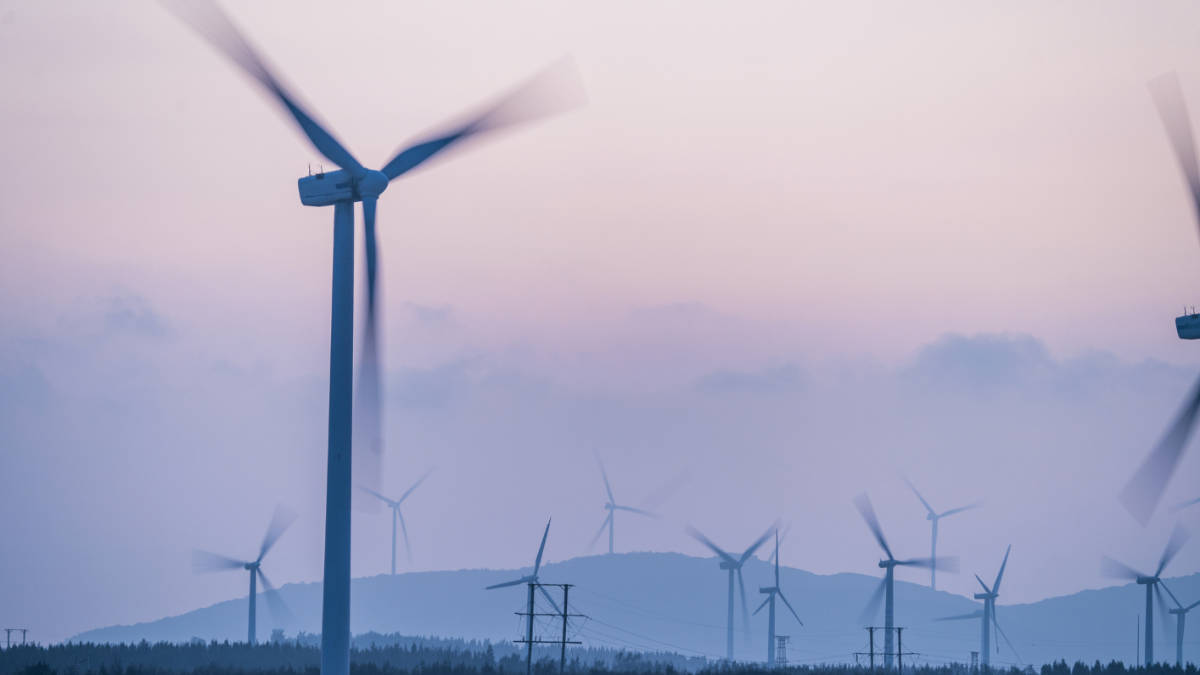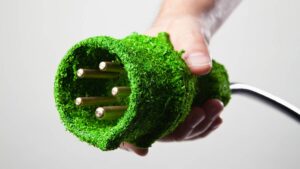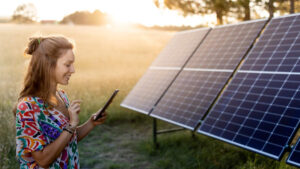Emission Control: Wind power is blowing in stronger than ever

Wind power continues to grow from strength to strength. Pic: Yaorusheng via Getty Images
Emission Control is Stockhead’s fortnightly take on all the big news surrounding developments in renewable energy.
Last week marked the annual Global Wind Day event on June 15, which celebrates wind power and when information about how it can help decarbonise the global economy is spread.
So it is rather fitting that AGL Energy (ASX:AGL) on the same day announced a Power Purchase Agreement (PPA) with Tilt Renewables to offtake electricity generated from Rye Park Wind Farm, which will be the biggest wind power project in New South Wales when it becomes fully operational in mid-2025.
The 15-year agreement provides AGL with an offtake of 45% of the output of Rye Park, or about 513 gigawatt hours per year derived from its 178 megawatt capacity.
More importantly, this replaces the use of non-renewable sources of power generation that would have emitted about 400,000t of greenhouse gases per annum, or the equivalent of removing 110,000 average Australian internal combustion engine cars each year.
And it is not just companies who are making moves.
As part of its $19bn investment over four years to meet its renewable energy targets, Queensland has set aside funds for the 252MW Wambo Wind Farm and the Tarong West Wind Farm as well as the connection of the 1GW MacIntyre Wind Precinct south-west of Warwick into the grid.
Meanwhile, Western Australia has raised $1.9bn through its inaugural green bond, proceeds of which will go towards batteries, wind farms, electric vehicle charging infrastructure and rebates and standalone power systems.
Ageing wind infrastructure presents challenges
While the new wind power developments are certainly welcome, the Clean Energy Council has noted that 31 Australian wind farms with a total of 599 turbines are now approaching the end of their design lives.
Besides requiring new projects or replacements, the end of life of these projects also brings about the question of what can be done about the old equipment.
In its new report, the CEC noted that between 85% and 94% of a wind turbine can avoid landfill disposal by recycling or repurposing raw materials to partial or full recommissioning of turbines via service life extension or even reuse in future projects within Australia.
Being able to do so will be hugely beneficial as just the composite blades alone could create about 15,000t of waste in Australia by 2034.
Recycling these materials will also help alleviate the expected growth in demand for the “green energy” metals.
Highlighting just what kind of growth we can expect to see, energy consultancy Wood Mackenzie has noted that global wind turbine orders have increased by 27% in the first quarter of 2023.
Related Topics
UNLOCK INSIGHTS
Discover the untold stories of emerging ASX stocks.
Daily news and expert analysis, it's free to subscribe.
By proceeding, you confirm you understand that we handle personal information in accordance with our Privacy Policy.








